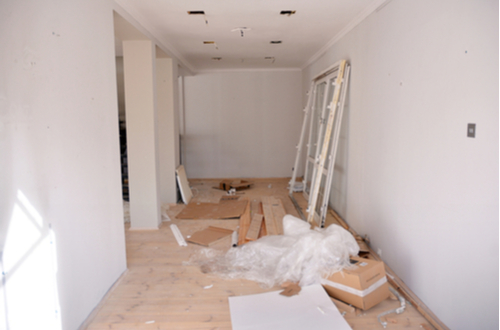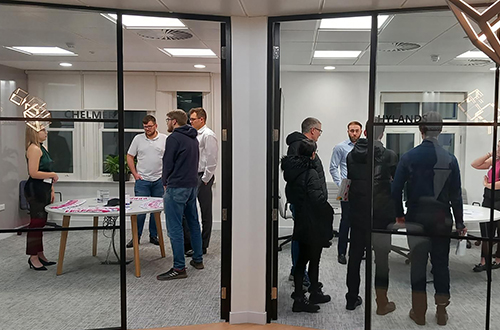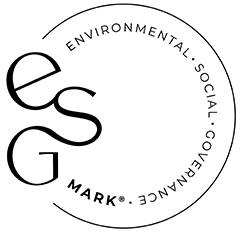The use to which a property is put can and often does change over time. In the current situation such changes may be a matter of necessity rather than desire, but have the VAT issues been considered?
The change from commercial to residential (or vice versa) is the most obvious, and has the potential for significant VAT impact.
This is because the rental of commercial property can be made into a taxable supply at the standard rate (by the supplier effecting an option to tax). The default for such supplies of commercial property being that they are exempt from VAT. The initial terminology for an option to tax was an “election to waive exemption”, less snappy but more informative.
However, the rents for residential property are always exempt and cannot be made taxable; to the extent that an option to tax on commercial property that is converted into residential is “dis-applied”.
This means that the VAT incurred in converting the property (which may be at the reduced rate of 5%) is usually not recoverable. The same would apply to ongoing costs of maintenance and/or refurbishment.
However, if the residential properties that were created from existing commercial property were sold either as freehold or on a long lease exceeding 21 years, this is a zero-rated supply (i.e. taxable) which means that the VAT incurred in making such a supply could be reclaimed (subject to normal rules).
There are more subtle changes within the residential sector when relevant residential purposes (RRP) buildings such as care homes or hostels change to individual flats; or buildings of multiple occupation become single households, etc. Such changes can also have implications for VAT but the issues are so fact specific that if you are contemplating such changes please contact Ian Marrow to discuss these in further detail.
When a property was constructed and that construction benefitted from zero-rating due to it being a RRP or relevant charitable purpose (RCP) building, but its use changed within 10 years of construction; if that change means that the zero-rated relief no longer applies, it can generate a VAT charge at the time of change.
Other reliefs (i.e. a VAT rate of 5%) can be available for certain works to convert commercial to residential , create additional residential dwellings, or where the dwelling has been unoccupied for at least two years before refurbishment works commence.
Whatever changes you envisage for a property one of the first questions you should ask is what VAT implications (and costs) would the proposed changes have? The answers may surprise you (and not necessarily in a good way).
As ever if you want to discuss the issues raised above, or any other VAT issues please contact us .
If you have any questions about the above, or would like more information specific to your circumstances, please enter your email address below and we will get in touch:













